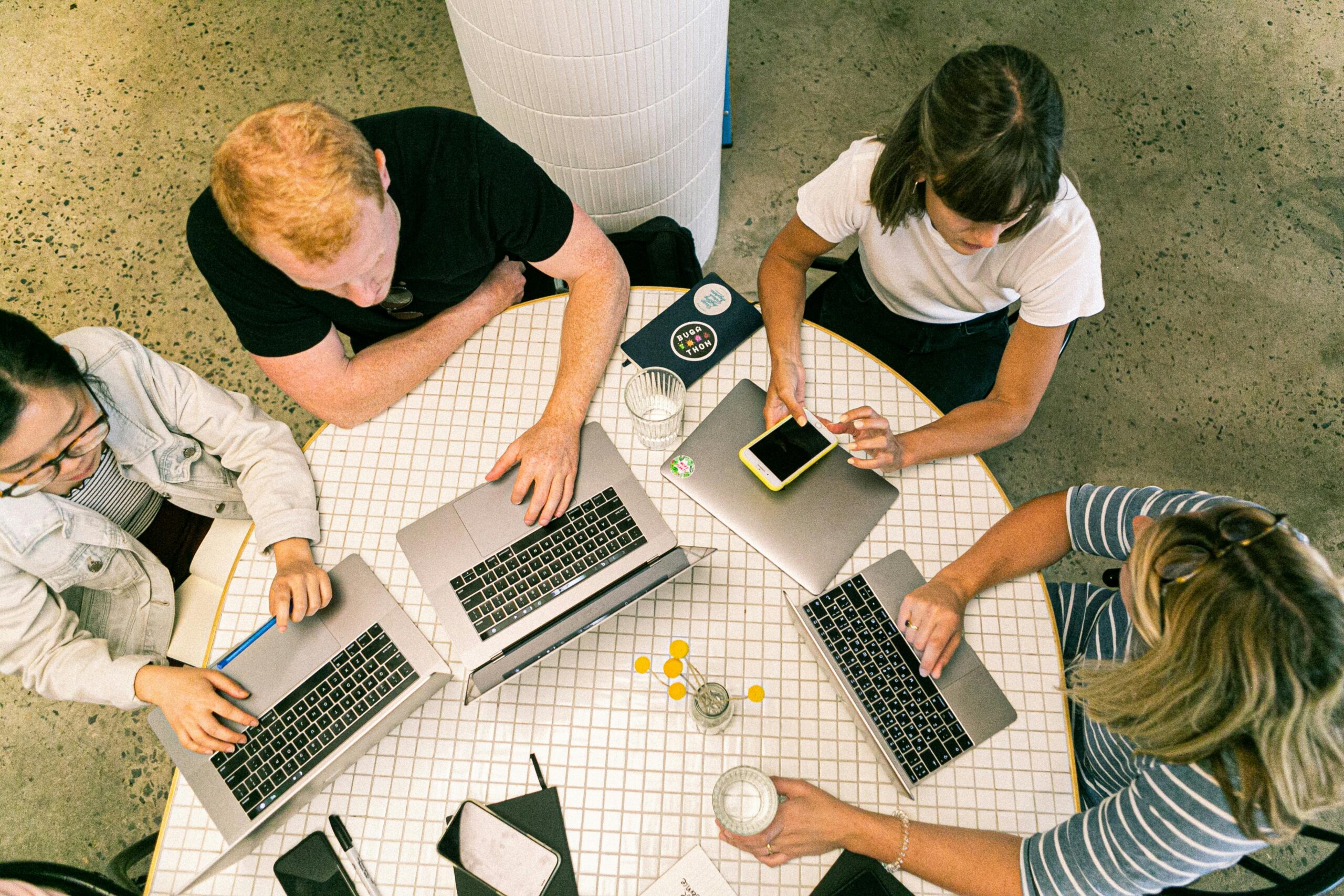With the pandemic affecting the entire world, remote work is becoming more and more commonplace. As a result, many of us rely on our computers and other pieces of technology more than ever, especially when it comes to trying to replicate face-to-face interactions despite being physically distant.
Tools like Zoom have allowed businesses to continue maintaining a teamwork-focused and productive atmosphere to drive the company forward. Through these communication platforms, many companies still see success despite the formidable challenges the pandemic has brought.
An important question needs to be asked: when is it too much to handle everything digitally? A term known as “digital overload” has affected many workers today, and it might just be doing you plenty of harm.
In this article, we’ll talk about what precisely digital overload is, how it may be hurting you, and the ways you can employ to counter digital overload:
What Is Digital Overload?
In simple terms, digital overload is the feeling of being overwhelmed with all the information presented to an individual through multiple digital tools and platforms.
Also known as information overload, digital overload occurs because people try to stay on top of all the information being presented, stretching their energy thin. In other words, digital overload is when a person overworks themselves trying to gather all the information to compensate for the lack of physical interactions with other people.
How Is Digital Overload Hurting Us?
Too much of everything isn’t good, and this is a saying that applies well to digital overload.
While a person may think that they are doing good by staying on top of all the information being presented to them in their efforts to do business, the fact stands that the opposite happens. The constant connection to information steals attention and wastes time, leading to many unimportant activities being done. This results in a drop in productivity and even work quality.
A worker may be fully focused on working on a piece of document, for instance. However, a message on Slack pops up, stealing their attention. After that, it takes some time for the worker to get back to what they were doing previously, potentially losing their train of thought.
Apart from hurting business productivity, digital overload can also directly hurt the individual’s health, specifically mental health. Attachment to technology can affect social skills, emotional intelligence, and more. It can even lead to some form of obsession and addiction, where when a piece of technology is taken away from a person dealing with digital overload, they feel overly anxious.
From the business’ perspective, digital overload is damaging no matter who it is hurting. As such, the need to fight back digital overload is a must if a company wishes to last the long-term when utilizing tech pieces to keep their teams connected.
What Can You Do to Avoid Digital Overload?
While digital overload can be quite damaging and hard to avoid, it isn’t impossible to counter it. There are many tips a business can follow to fight back digital overload, and many should be employed right away to avoid further damages.
Setting Boundaries
With that said, the first way to counter digital overload is to set boundaries and stick to them. For example, when a worker is doing their job, they can let other employees know of the hours they want to focus on the task, limiting distractions entirely.
This also applies to resisting the urge to check emails and chat messages unless required by the company to be open to such communication platforms. This way, one can set a certain amount of time to entirely focus on work, maximizing productivity and work quality without having the train of thought interrupted.
Limiting Technology Use
The second way to counter digital overload is to limit the use of technology. Taking a break once in a while from gadgets can help individuals enjoy much-needed relaxation and peace that would otherwise be stained with anxiety. In fact, dedicating some time away from technology can help create a healthy work-life balance. Alternatively, if one cannot entirely remove oneself from tech, then doing things like switching off notifications after work hours can help create a more peaceful and anxiety-free feeling when work is done.
One can also even create tech-free zones in the home, such as making sure there is no tech near the bed, dining table, etc. The main goal here is to limit tech interaction that creates urgency after work hours to maximize a peaceful and relaxing time.
Adopting Better Communication Strategies
A third way of keeping digital overload at a distance is to adopt an asynchronous communication strategy. It simply means that no two people have to be “present” at any given moment to facilitate communication. This allows one party to say what needs to be said, while the other party can get back later when they can.
This also reduces the stress and burden that many workers may feel when they are “forced” to reply as soon as possible. In other words, not being expected to respond entirely immediately can help individuals focus on the task at hand and reply later when they can.
Hiring a Virtual Assistant
Finally, a great way to limit and fight back digital overload is to hire a virtual assistant. As the name implies, a virtual assistant offers services to tackle menial tasks like filtering out emails, managing the calendar, scheduling appointments, and more.
While many of these tasks may not seem like they will take a lot of time or effort to do, they rack up quite substantially. This leads to many hours spent carrying out activities that could have been done to complete tasks that bring in more results for the company – as such, hiring virtual assistants is an excellent way to limit digital overload. It works simply by spreading out the digital tasks that need to be done, helping workers focus better on the job they need to do to help the company grow.
Conclusion
The mentality of “I can’t live without technology” is what brings in digital overload. Sure, technology supports our business activities in many ways. It has been the reason that many companies of today have survived the rough days the virus has brought. However, it doesn’t mean that life should be dictated by technology solely, let alone the livelihood of the workers.
It all falls into knowing how to properly use technology as a tool to assist, not to be chained by. The best way to ensure this happens is to remember that work-life balance is still a must-have even when work gets more demanding and more challenging. It is through this balance that long-term quality and productivity can be upheld, whether a person is working from home or in the office. In the end, we must learn how to master technology to stop technology from becoming our masters.
CrewBloom offers top-tier affordable professionals that provide remote sales and support roles to help companies survive and thrive in this ever-changing and competitive business landscape. If you are looking for a virtual administrative assistant and more for your business, work with us today!








